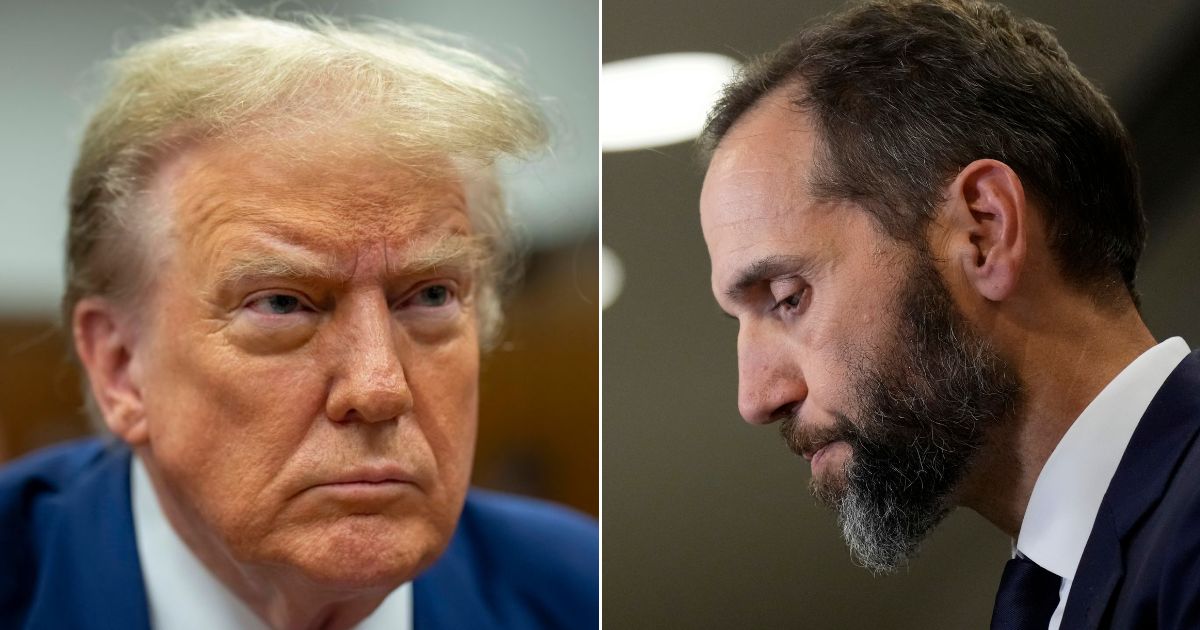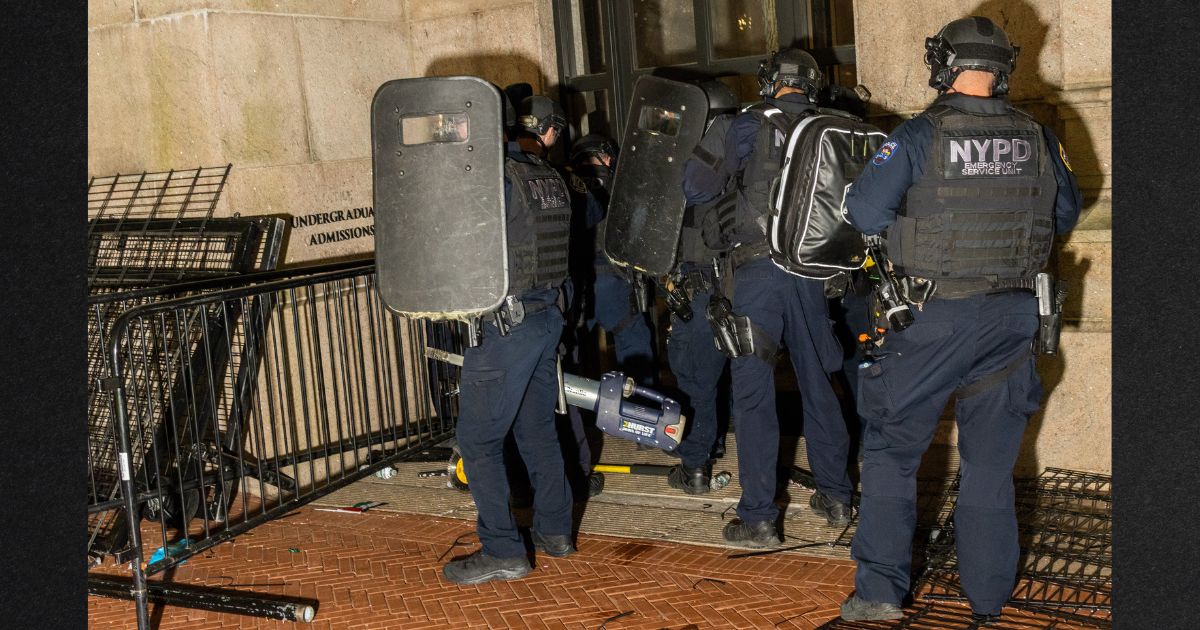Be Smart on Crime’ – Kamala Harris as San Francisco’s Top Cop
Kamala The Cop
“We recognized … as a prosecutor in law enforcement I have a huge stick.” — Kamala Harris, January 14, 2010
Kamala Harris made history as the first black district attorney elected in San Francisco. The inaugural ceremony showcased her multicultural background. Harris took her oath of office on a bound copy of the Bill of Rights instead of the Bible, held proudly by her mother. The Black National Anthem was performed at the ceremony as well as the traditional National Anthem. A Hindu priest, Pandit Nageshwara Subramaniam Shastri, performed an ashirvadam ritual blessing and a Christian minister also offered a prayer. A traditional Asian dragon dance was performed by the Kei Lun Martial Arts group. Harris delivered her inaugural speech with her canned campaign slogan.
“Let’s put an end, right here, to the question of whether we are tough on crime or soft on crime. Let us be smart on crime,” she said.
As district attorney, Harris’s vow to be “smart on crime” appeared more like “smart on politics,” as she carefully threaded her narrative to appear competent but progressive. It had mixed results. Often vowing personal and hands-on attention to important issues, Harris typically allowed issues to fade out when public attention waned. Rather than tackle monumental change, she appeared better at proposing and promoting new ideas rather than achieving results. When things went wrong in her office she feigned ignorance, blaming her staff for not keeping her informed. She became an expert at pandering to activists but also finding new ways to burnish her role as a tough law enforcement figure in California as she prepared to further her political career.
Credit: Simon & Schuster/Threshold Editions
Despite running a campaign to the right of Hallinan, Harris began as a progressive. After just four months on the job, Harris took one of the toughest public stands of her career with a decision that damaged her relationship with law enforcement officers for years afterward. On the evening of April 10, 2004, two police officers approached two men acting suspiciously. One of them, a gang member, turned around and shot twenty-nine-year-old undercover police officer Isaac Espinoza with fourteen rounds from an AK-47. Police officers were heartbroken as they watched Espinoza’s wife and three-year-old daughter at the funeral, and demanded the death penalty for his killer. But Harris had vowed to oppose the death penalty during her campaign and planned to stick with her position. She tried to win over the law enforcement community and the Espinoza family by issuing a statement.
“Today I want to be very clear: in the city and county of San Francisco, anyone who murders a police officer engaged in his or her duties will be met with the most severe consequences,” Harris said. The most severe consequence, however, was ruled out. Harris was not going to change her mind on the death penalty, not even after a police officer was shot in the streets. The police union was furious as officers would turn their backs to Harris when she appeared in public. Espinoza’s mother was devastated. “She made the decision after just three days. My son wasn’t even in the ground yet,’’ Carol Espinoza said afterward.
Former mayor of San Francisco and now Senator Dianne Feinstein felt differently. She appeared at Espinoza’s funeral at St. Mary’s Cathedral and berated Harris’s decision while she sat in the audience. “This is not only the definition of tragedy, it’s the special circumstance called for by the death penalty law,” Feinstein said as the police officers gave her a standing ovation. After the service, Feinstein dug the knife in deeper, telling reporters she would have never endorsed Harris if she had known she would be so rigid on opposing the death penalty. Harris felt betrayed, but her commitment to opposing the death penalty was firm.
Harris the progressive also turned a blind eye to violent protesters. For the first anniversary of the war in Iraq, Harris was faced with the problem of antiwar protesters who were arrested for violent disruptive behavior. San Francisco police arrested 124 of them for breaking the law, including some that had assaulted police officers. Whereas Hallinan, a year earlier, famously dragged his feet and ultimately dismissed the charges against violent protesters, Harris vowed to personally review each case. It did not matter. Days later, Harris dropped the charges, asserting that the burden of proof could not be met in any of the cases, despite detailed evidence captured on video.
After campaigning on competence and commitment, Harris looked even more “smart on crime” as she began manipulating the numbers on conviction. If the district attorney prosecutes fewer cases and brings them to trial, the conviction rate goes up. The conviction rate also goes up when the prosecutor offers plea deals instead of taking it to court. Although she vowed to personally engage the backlog of murder cases, she gradually dismissed them at an astonishing rate. Harris began offering generous plea bargain deals to defendants, even those arrested for murder. Of the backlog of 73 homicide cases on Hallinan’s watch, Harris cut a deal for 32 of them and only convicted 15 of the defendants for murder. As a result, Harris boasted higher conviction rates even though she was bringing fewer cases to trial. Harris was also offering plea deals to gun offenders. During her first three years as district attorney, San Francisco’s conviction rate jumped from 52 to 67 percent, which looked good on paper but baffled police officers. Police officers making the arrests and filing casework found their efforts abandoned by a prosecutor who appeared less committed to justice than she was to her political future. It worked. By 2005, Oprah Winfrey featured “superstar prosecutor Kamala Harris” on her morning show, boasting of her “90 percent conviction rate” and praising her as California’s “first African American female district attorney.” (Harris boasted about her “90 percent conviction rate” but it was only her record in homicide cases, not all criminal cases.)
Harris was quietly in the middle on most issues important to San Francisco residents. In 2004, she refused to prosecute a series of high-publicized police arrests for prostitution at a local strip club but went on the record in 2008 to oppose Proposition K, a ballot measure put to voters that would decriminalize prostitution in the city of San Francisco. “I think it’s completely ridiculous, just in case there’s any ambiguity about my position,” Harris said about the proposition. “It would put a welcome mat out for pimps and prostitutes to come on into San Francisco.”
Harris also publicly promoted an advertising campaign for San Francisco’s sanctuary city status in 2008, reminding illegal immigrants they would not be treated as criminals for their immigration status, but she used the law to deport violent criminals. Harris defended a ballot proposition to legalize medical marijuana but defended federal raids on some of the ”out of control” distributors in the city. Her cautious strategy worked. In 2007, Harris ran for reelection without a challenger — the first time that had happened in San Francisco since 1991 — after collecting more than $500,000 in donations and lining up her endorsements. It was the kind of victory that encouraged her to dream about higher office.
* * *
Charlie Spiering began his career as a political journalist fifteen years ago as a reporter for Washington Post columnist Robert D. Novak. He was a political writer for the Washington Examiner before moving to Breitbart News as a White House correspondent covering the Obama Administration, the Trump Administration, and the Biden Administration. He lives in Virginia with his wife and six children.
This excerpt is taken from the new book “Amateur Hour: Kamala Harris In The White House,” by Charlie Spiering. Copyright © 2024 by Charlie Spiering. Threshold Editions, an imprint of Simon & Schuster, Inc. Reprinted by permission.
The views expressed in this piece are those of the author and do not necessarily represent those of the Daily Wire.
What criticism did Senator Dianne Feinstein express towards Kamala Harris’s decision on the death penalty and how did it affect Harris’s reputation?
An Francisco. Her stance on law enforcement and crime was often contradictory and fueled by political ambitions rather than a genuine commitment to justice. While she presented herself as “smart on crime,” her actions often showed a lack of true accountability and a prioritization of image over effectiveness.
One of the defining moments of Harris’s tenure as district attorney was her controversial decision regarding the death penalty. In 2004, a police officer, Isaac Espinoza, was shot and killed by a gang member. Despite the public outcry for justice and the demands for the death penalty from the police officers and Espinoza’s family, Harris stuck to her campaign promise of opposing the death penalty. This decision not only damaged her relationship with law enforcement officers but also left Espinoza’s family devastated.
Even Senator Dianne Feinstein, who had endorsed Harris, openly berated her decision at Espinoza’s funeral. Feinstein criticized Harris for her rigidity on opposing the death penalty, expressing regret over her endorsement. Harris’s commitment to her stance on the death penalty showed her determination, but it also showcased her inability to adapt to the circumstances and prioritize justice over personal beliefs.
Harris’s leniency toward violent protesters further highlights her questionable approach to law enforcement. When faced with antiwar protesters who had engaged in violence and disrupted the peace, Harris dropped the charges against them, claiming a lack of evidence. This decision contradicted the actions of her predecessor, who had dismissed charges against violent protesters a year earlier. Harris’s unwillingness to hold these individuals accountable and her dismissal of evidence captured on video raised concerns about her commitment to upholding the law.
Additionally, Harris manipulated conviction rates to enhance her image as a tough prosecutor. By offering generous plea deals and dismissing backlog murder cases, she artificially inflated the conviction rate without actually bringing cases to trial. While this might have made her appear successful on paper, it left police officers frustrated and disillusioned. They witnessed their efforts being disregarded by a prosecutor more interested in her political future than achieving justice.
Despite these contradictions and questionable decisions, Harris earned recognition and praise from influential figures like Oprah Winfrey. With her self-proclaimed “90 percent conviction rate,” she gained visibility and was celebrated as California’s first African American female district attorney. However, it is important to note that this rate only reflected her record in homicide cases, not all criminal cases.
Overall, Kamala Harris’s tenure as district attorney of San Francisco was marked by contradictory approaches to law enforcement. While she claimed to be “smart on crime,” her actions often revealed a political agenda and a lack of true accountability. The decisions she made, regarding the death penalty, leniency toward violent protesters, and manipulation of conviction rates, raise questions about her commitment to justice and her suitability as a law enforcement figure.
" Conservative News Daily does not always share or support the views and opinions expressed here; they are just those of the writer."





